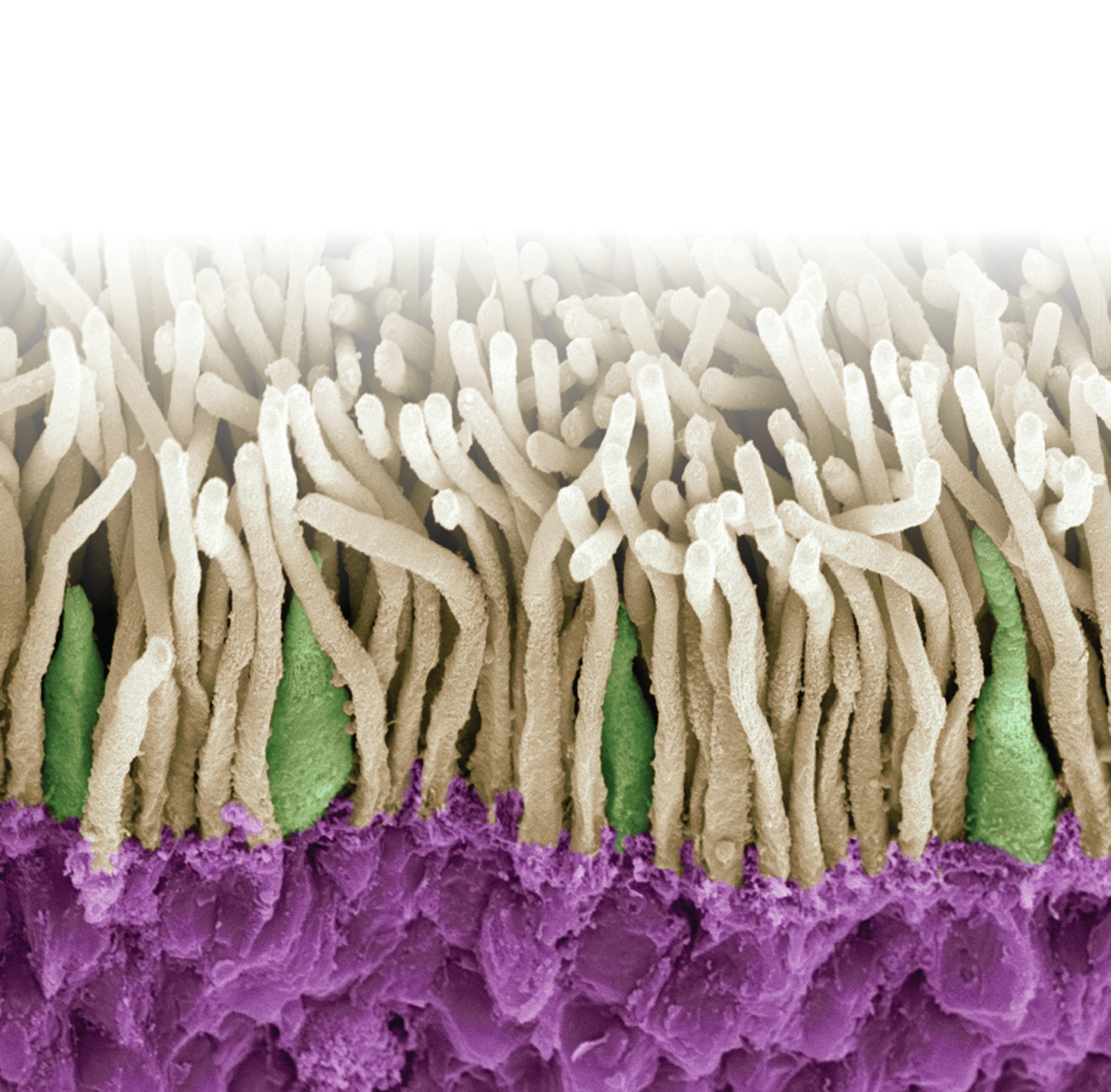
M ost humans detect objects and changes in light intensity with their eyes. The cells that respond to light are photoreceptors called rods and cones (see Figure 1), situated in the retina at the back of the eye. Each cone cell is connected to a single nerve cell, so cones confer greater acuity (ability to detect detail) than rods, which share connections to nerve cells with other rod cells. Cone and rod cells also differ in sensitivity (the intensity of light required to produce a sufficiently large potential to trigger a nerve impulse — see pp. 2–5, this issue).
The distribution of these photoreceptor cells is not uniform, especially in the centre of the retina where there are thousands of cones packed into a tiny region called the fovea (see Figure 2) whereas rods are more numerous toward the periphery. Rods are most sensitive in low light intensity, so if you look directly at a constellation of stars, such as Figure 3, on a clear night you will make out just a few bright stars. If you look to one side of the constellation, however, you will be able to make out more stars.
Your organisation does not have access to this article.
Sign up today to give your students the edge they need to achieve their best grades with subject expertise
Subscribe




